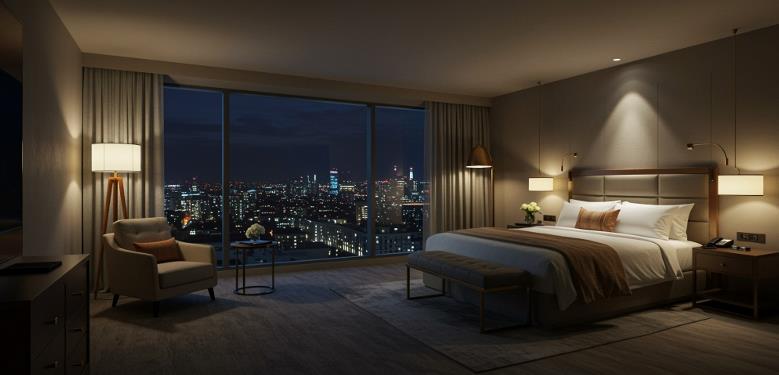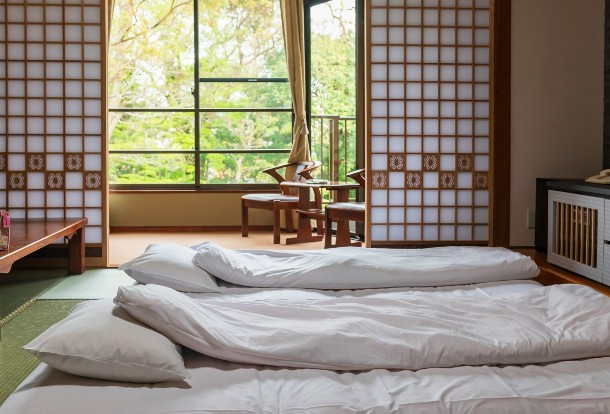
Morgan Stanley's latest report reveals an 8% year-on-year drop in China's hotel RevPAR (Revenue per Available Room) during the first week of the summer holiday (June 29 to July 5, 2025), primarily driven by lower occupancy rates.
Analysts attribute the weak start to hotels overestimating market demand and setting room rates too high.
In fact, it’s not just the summer. The hotel industry has been under pressure throughout the year. In the first quarter of 2025, nationwide hotel RevPAR fell by 5% year-on-year.
While the May Day holiday brought a brief recovery in Q2, optimism quickly faded with a new round of “alcohol bans” in late May.
This stricter alcohol restrictions now extends beyond internal government functions and is directly impacting the country's hotel and F&B sectors.
Beyond the collapse of institutional dining, the sluggish business travel market and sharp decline in meetings and events have hit many high-end hotels hard.
“Travel only if absolutely necessary; and go virtual whenever possible" has become the prevailing corporate policy — a painful trend for many luxury hotels.
With government receptions reduced, business travel shrinking, and consumers tightening spending, many hotels now face mounting survival pressures.
More than just weak demand, the other major challenge comes from a surge in supply. The number of hotels nationwide rebounded to 323,000 in 2023 and rose further to 348,700 in 2024, surpassing the previous 2018 peak.
As of March 17, China had 331,000 registered homestay-related businesses, with over 60% founded in the past three years — more than four times the figure in 2019.
The rapid expansion in both hotel and homestay supply has intensified market competition. Industry insiders note that the traveler numbers this summer haven't necessarily declined — they’ve simply been spread across a much larger supply base.




